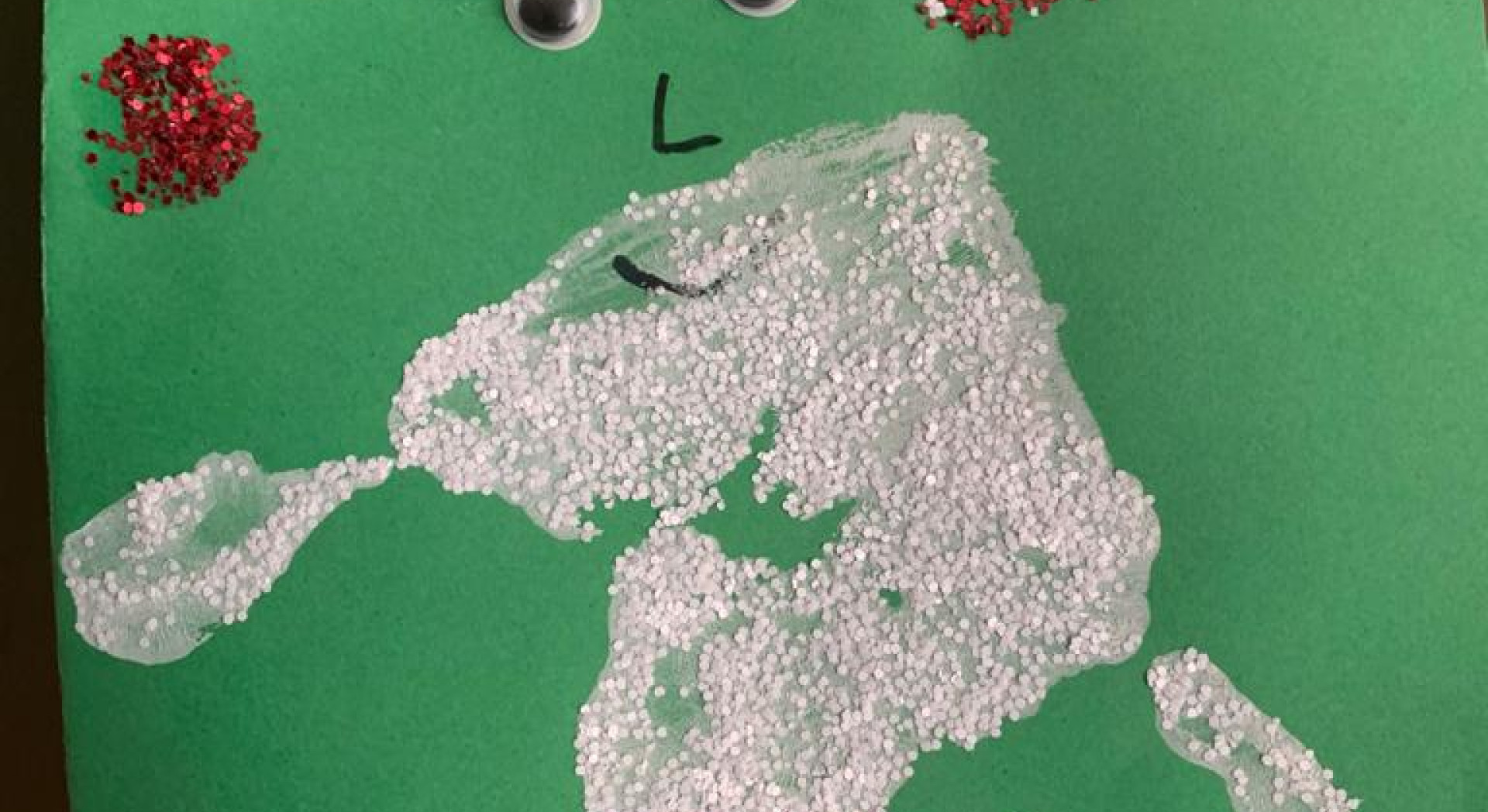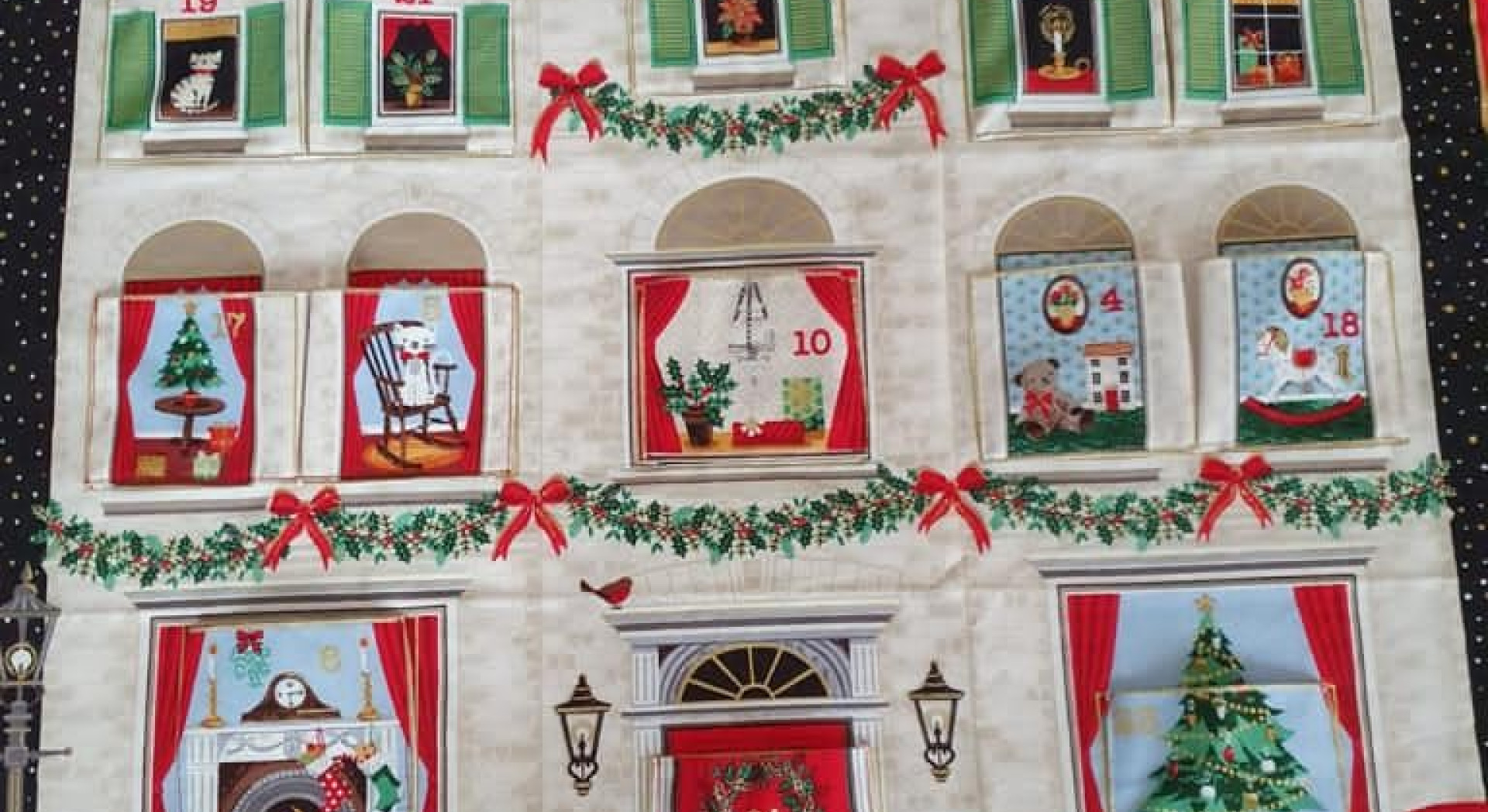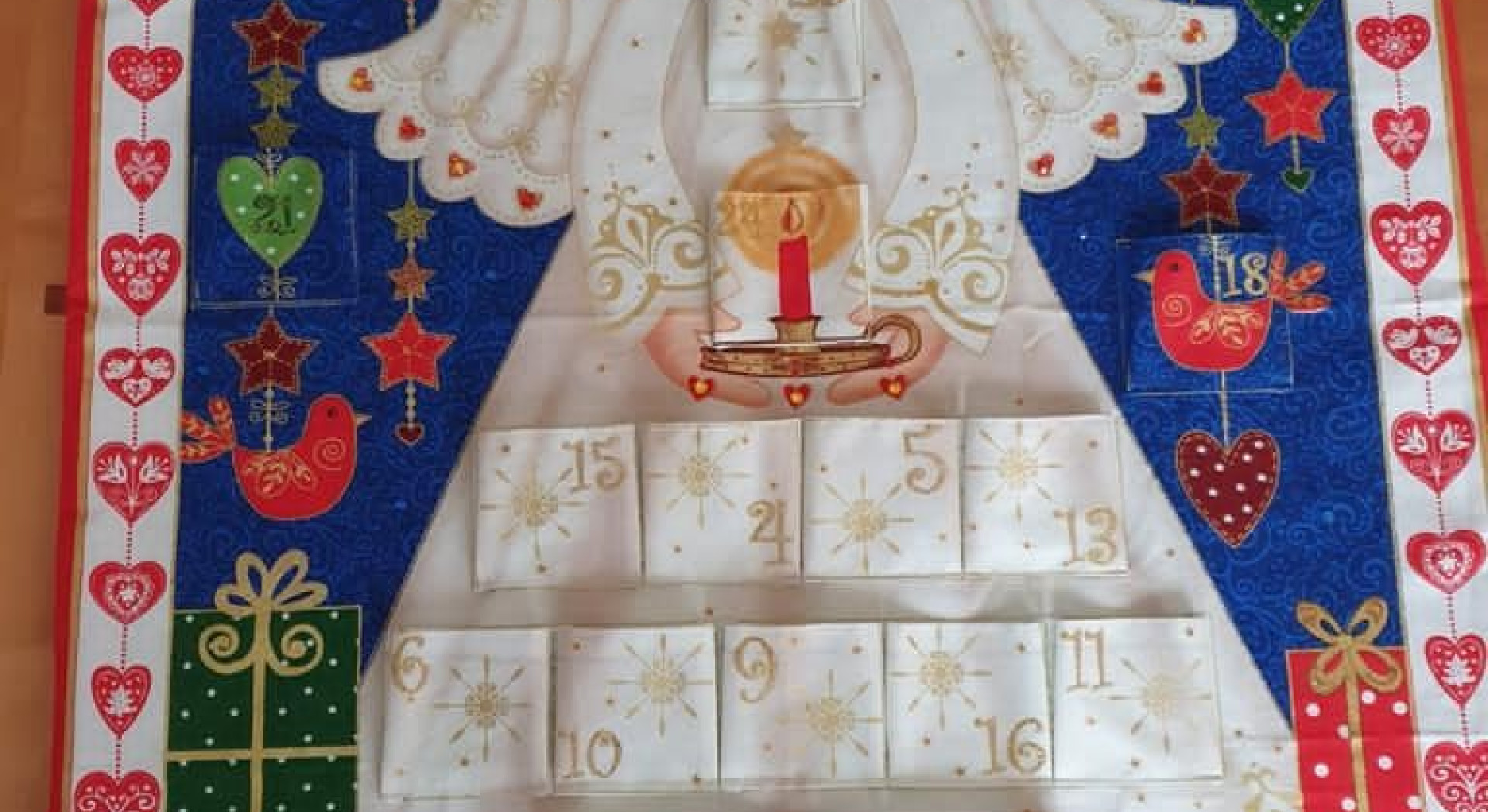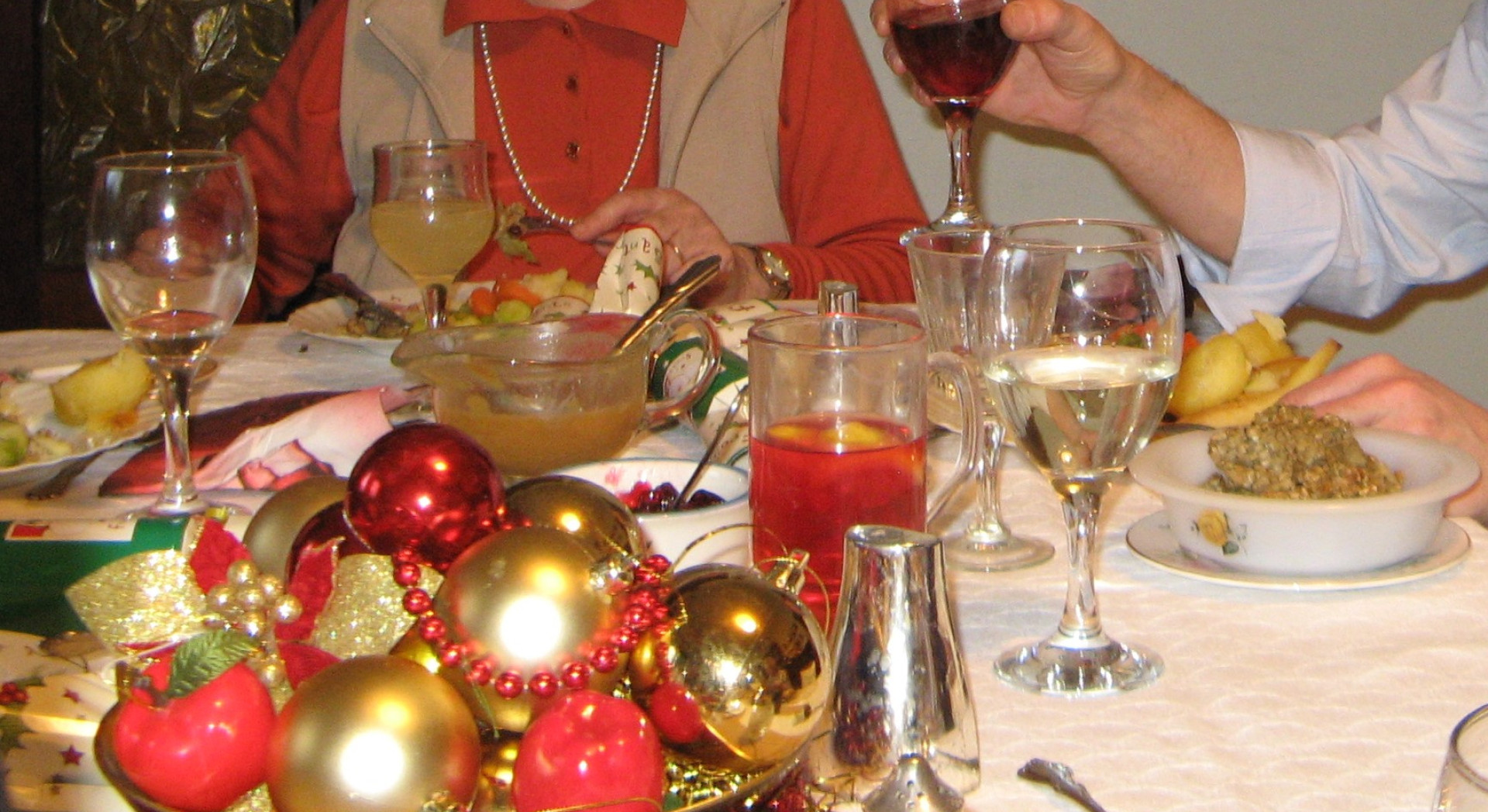Dementia–friendly decorations decisions
Back to all
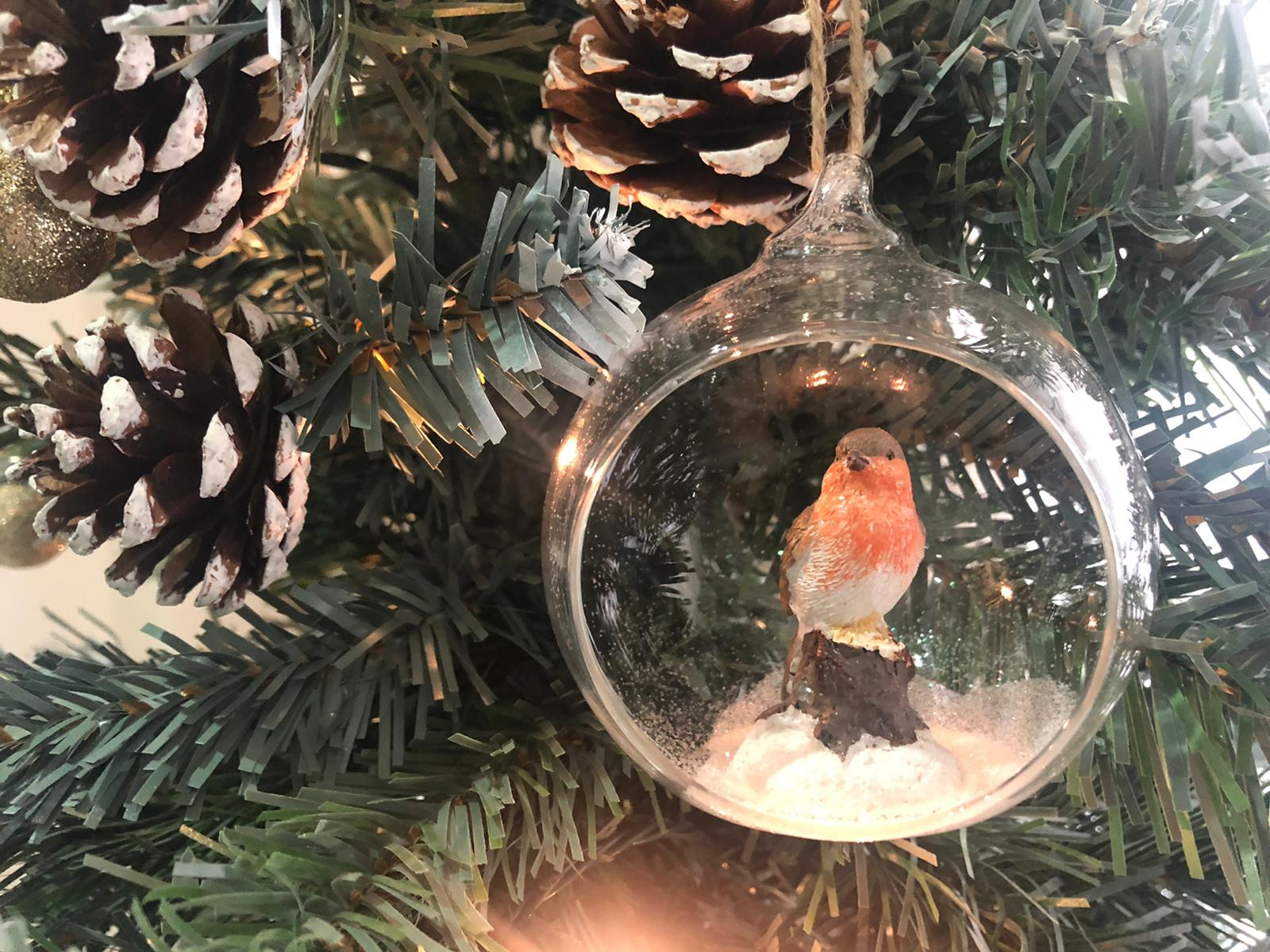
Zibiah Loakthar our Cuimhne Coordinator writes
You know December is here when festive decorations start to appear in people’s windows (see our examples by clicking on ‘View gallery’ above). With Covid–19 guidance around physically distancing, festive decorating may for some people take on an even bigger significance. With restrictions on visiting friends and family and greeting neighbours in close range, putting up decorations in our windows may feel like another way to greet people and spread cheer.
Within the Irish community, there is diversity of belief. Not everyone celebrates Christmas, but people may choose to put up a Christmas tree or tinsel or Santa Claus or snowmen decorations as a cultural rather than a religious custom. This winter 2020, many of us may be spending more time in our own homes, rather than in workplaces or community centres, or visiting friends, or going out socialising or travelling. This may mean more time and motivation to transform our home space about us with seasonal sparkle!
Indeed, not everyone waited until December to get decorating. Street windows filled with fairy lights and baubles may be testament to people’s impatience for the festive season to begin. Curtains opened wide to draw a close to this strange year.
Dementia Friendly Festive Decorations
The type and stage of dementia as well as individual preferences and taste may affect how people living with dementia feel about any decorations going up. Whether caring for family member living with dementia in your own home, or arranging some decorations for a person living elsewhere, here are a few ideas to consider where choosing decorations:
1. As dementia progresses, earlier childhood memories become foregrounded. People may recall childhood experiences in vivid ways, as if they were experiencing them all over again. If a person has had a happy childhood and good experiences at Christmas time, festive decorations might help support happy memories. But not everyone has had a happy childhood. For some, Christmas itself might call up memories of difficult family life, or neglect or institutional abuse.
2. People do not always talk about past experiences of abuse or sadness and may develop coping strategies during their adult lives not to dwell on former difficult experiences. Where dementia throws people back into their pasts, family members, children and grandchildren and friends may be surprised to discover the difficult times someone has lived through. It is good to keep in mind the possibility that however well we think we know someone we may not understand everything about their past experiences and to be alert for unusual reactions of discomfort towards Christmas decorations. For some, a lot of abuse happened at Christmas.
3. People living with dementia may not remember what happened last year very well but may have fond memories of earlier years. So even if they are getting a bit faded or looking past their best, old decorations that people have saved in boxes over the years may act like touchstones to happy memories and hold great significance for people. We need not be too quick to throw out old baubles for new shiny ones!
4. Be mindful of what Christmas may have been like for older people who grew up in Ireland.

Red candle
Dr Mary Tilki reflects,
“From a reminiscence point of view, unless families were very wealthy, Christmas would have been very modest. Decorations would have been a bit of holly or ivy stuck behind the pictures on the wall and a few paper streamers. Very few people had Christmas trees decorated as we know today. Every home would have a big red Christmas candle in a jar of sand which was lit in the window at dusk on Christmas Eve. The crib would have been taken out and new straw put in ready for the baby on Christmas day.
“Some people who have grown up in Ireland may recall preparation of foods around Christmas time. This might include taking geese or turkeys to market or plucking them ready to cook. People may remember going with their families to Midnight Mass on Christmas eve or early on Christmas day. Dinner would have been luxurious for the time but much simpler than today – turkey or goose with homemade stuffing, potatoes and cabbage, carrots, sprouts whatever they were able to grow.
“Afterwards people may have eaten plum pudding and custard and Christmas cake later, possibly together with lemonade or Cidona. Not everybody could afford that luxury, for some at best it was a chicken with perhaps some seed cake or jelly and custard.”
Decorations could be chosen to help remind people of these times. People may be pleased to reminisce about and help with food preparation such as mixing the Christmas pudding (plum pudding in Ireland) or making stuffing for the turkey or goose.
4. Sensory decorations. Scent can be a great way of evoking memories of the past. Oranges and spices might help stir up warm memories. Pinecones could be dabbed with pine oil scent.
5. Holly leaves and berries may be traditional decorations at Christmas. People might like to be involved in creating a simple decoration using holly and ivy. Holly berries might appear enticingly edible so may be better placed out of reach. People living with dementia may be more prone to trips and falls so place where prickles are unlikely to be fallen upon!
6. Fairy lights and candles. These may be beautiful but consider safety issues, for instance making sure there are no trip wires and perhaps using candles powered by batteries rather than lit with real flame. People with dementia may experience changes in visual perception and find it harder to see things in a darkened room. Where candles and fairy lights go up it may be tempting to turn down a room’s usual bright lighting. However, sometimes people can find concentration and communication trickier in low lighting and moving shadows can cause people alarm. A person–sized Christmas tree standing in a darkened room might be mistaken for a person for instance.
7. Festive throws and tablecloths. Due to visual perception changes, sometimes people living with dementia perceive busy patterned cloths as moving patterns and shiny surfaces might be mistaken for the surface of water. Plain cloth may reduce hallucination.
8. Snowmen and Santa Claus. Due to changes in perception, people living with dementia may mistake images of faces for real people in the room creating anxiety and confusion. Where you may be decorating a room for the whole family to enjoy and have children keen to put these kinds of decorations up, you could think about placing decorations strategically. People living with dementia will more often look down or at eye level than up so placing them at a higher level may mean they can be enjoyed by children but are less likely to cause alarm to people living with dementia.
9. Tactile decorations. Some decorations are wonderful for handling such as items from crib scenes and snow globes. Fir, wooden logs, pinecones and straw might all help evoke happy memories.
10. It is great to be able to include people in decision making about decorations. People with early–stage dementia may like to be involved in craft activities, with old skills like knitting stockings, paper craft, painting, wreath making and baking to share.
11. People living with dementia may have difficulties remembering, but this does not mean that they cannot learn new craft skills or revisit old ones. Making paper chains, lanterns, cards or simple table decorations with holly and ivy can be a great way to bring people from different generations together in fun shared and meaningful activities. Activities need not be complicated or require deft fingers. A simple activity placing red candles in a jam–jar of sand may do wonders to unlock happy memories and facilitate communication between younger and older people in a household.
12. People living with dementia may experience a change in decorations as disorientating. Rather than dramatically changing all the scenery in people’s familiar space, it might be helpful to leave a corner of the room undecorated as a space people can retreat into to minimise confusing sensory overload and to feel reassuringly grounded in the present.
To look at all our reminiscence materials please click HERE.

